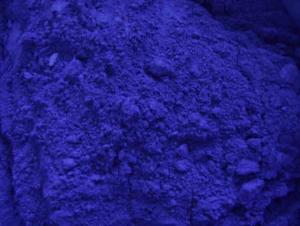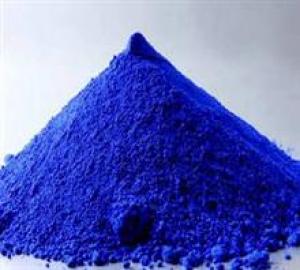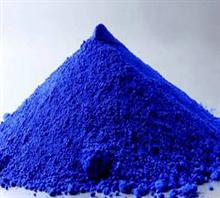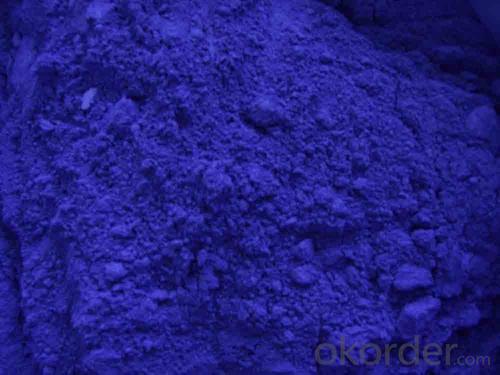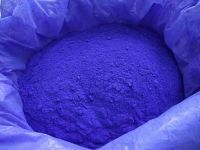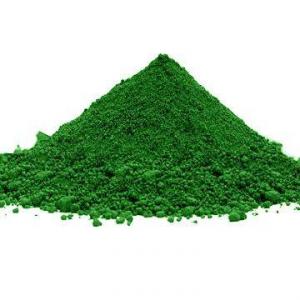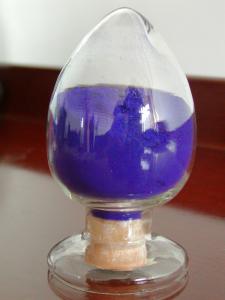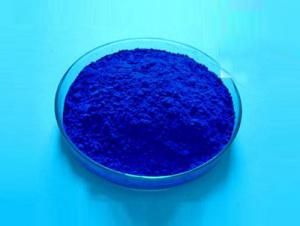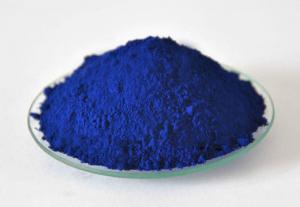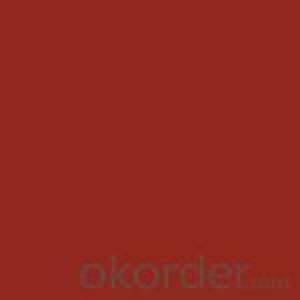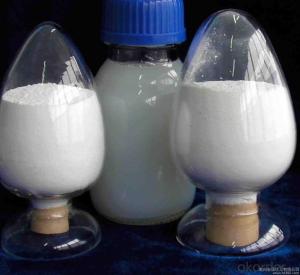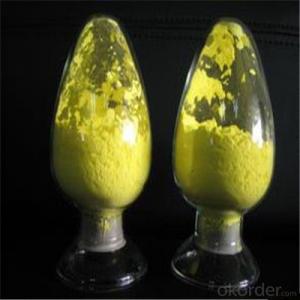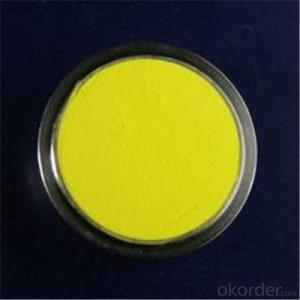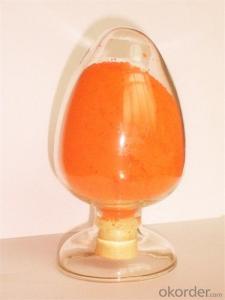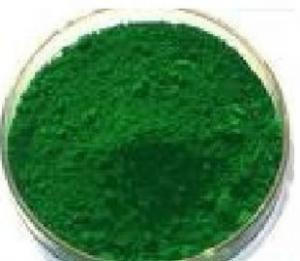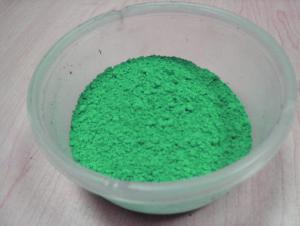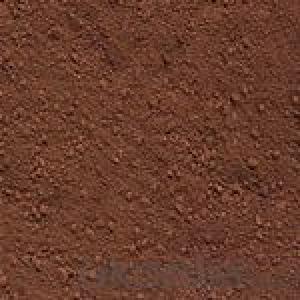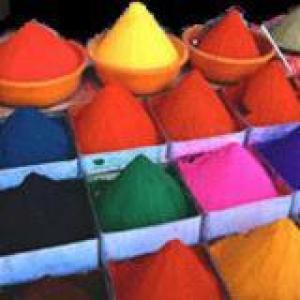Ultramarine Blue For Paint,Ink,Plastic and Textile printing Rubber,Paper making,dyer,Stationery and Constractio
- Loading Port:
- Shanghai Port
- Payment Terms:
- TT or LC
- Min Order Qty:
- 1 Metric Ton m.t.
- Supply Capability:
- 8000MT Per Year m.t./month
OKorder Service Pledge
OKorder Financial Service
You Might Also Like
Product Details Of Ultramarine Blue :
Appearance:solid
Usage Of Ultramarine Blue :
Used in tinting applications of blue paint, rubber, plastic printing, ink, paper, papermaking, soap,and beautification on ancient architecture.
TDS OF Ultramarine Blue :
Ultramarine Blue | |
| Specifications |
No. | 462 |
Appearance | Powder Form |
Colour | Dark Blue |
Tinting Strength | 100 +/- 5% |
Water Soluble Matter | 1% |
(105 +/- 2) | 1% |
(325 ) | 0.5% |
PH. Value | 6.5 - 7.5 |
Oil Absorption | 25 - 45 % |
Free Sulphur | 0.3% |
Packing Of Ultramarine Blue :
25kg/ bag , 20 MT / 20 FCL or as your requirements .
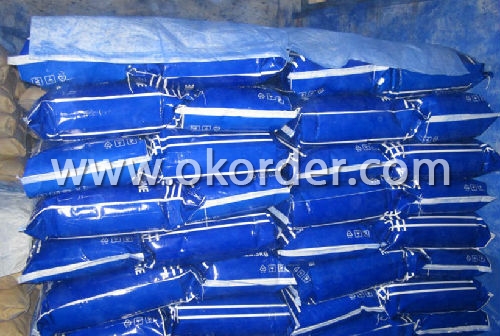
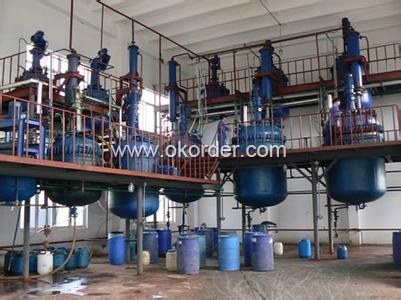
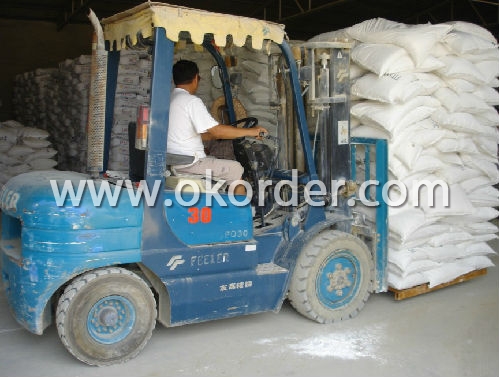
- Q: explain an absorption spectrum of different pigments and the action spectrum ofphotosynthesis.
- Emission spectra is considered whilst a gas, as an occasion, is heated. The electrons of its atoms are excited and can ultimately substitute its potential point. this occasion being volatile, the electron ultimately returns to the preliminary state and emits a nicely-defined photon. In an absorption spectra the source of sunshine isn't the gas. An exterior source of white (or however variety you want) easy emits in direction of the gas you're utilising; on condition that the potential ranges are quantified on the atoms of the gas, the electrons of the atoms would be excited in basic terms whilst a photon of precise potential (akin to the potential difference between the electron's point and yet another one on the atom) arrives. hence, based on the gas, in basic terms nicely-defined photons would be absorbed, and the absorption spectra is then obtained.
- Q: why light and pigments are different?
- A pigment is a material that changes the color of reflected or transmitted light as the result of wavelength-selective absorption. This physical process differs from fluorescence, phosphorescence, and other forms of luminescence, in which a material emits light. Many materials selectively absorb certain wavelengths of light. Materials that humans have chosen and developed for use as pigments usually have special properties that make them ideal for coloring other materials. A pigment must have a high tinting strength relative to the materials it colors. It must be stable in solid form at ambient temperatures. For industrial applications, as well as in the arts, permanence and stability are desirable properties. Pigments that are not permanent are called fugitive. Fugitive pigments fade over time, or with exposure to light, while some eventually blacken. Pigments are used for coloring paint, ink, plastic, fabric, cosmetics, food and other materials. Most pigments used in manufacturing and the visual arts are dry colourants, usually ground into a fine powder. This powder is added to a vehicle (or binder), a relatively neutral or colorless material that suspends the pigment and gives the paint its adhesion.
- Q: Know this ounds kinda obvious but just wanted to confirm, is there more pigment in the middle of the beetroot than on the edges?
- I've known it to be in the skin and thats from a cooking point of view.
- Q: can pigment ink be used to tattoo?
- Pigment ink? Tattoo ink is pigment ink. Printer ink is pigment ink. Crayola markers are pigment ink. It all comes down to what it's manufactured for and whom is doing the manufacturing. Reputable shops use certain brands of tattoo ink for a reason. Using something not made for the human body at all makes for an ugly tattoo and can cause infections or other problems seeing as nothing in it's manufacturing process is sanitary or compatible with use in skin.
- Q: Does albinism cause lack of ALL pigment, or just black pigment? Does this very on the species?
- Mammals and birds only have melanocytes (these produce varying amounts of brown or black pigment), so that's the only pigment that needs to be affected for them to display albinism. But other types of animals have multiple types of chromatophores. An albino snake, for example, would also need to have the cells that produce reds, yellows, and blues deactivated to appear white/colorless. For these animals to appear as albinos, all pigments would have to be affected.
- Q: I have been looking over the internet and have yet to find the details I need. Such as the function and development of Pigments.
- any of a group of compounds that are intensely coloured and are used to colour other materials.Pigments are insoluble and are applied not as solutions but as finely ground solid particles mixed with a liquid. In general, the same pigments are employed in oil- and water-based paints, printing inks, and plastics. Pigments may be organic (i.e., contain carbon) or inorganic. …
- Q: 1.what is pigment2.what is it for ( whats its purpose?)3.what are other things people do with it
- Pigment is a loose powder that has highly concentrated color. They come in different finishes like matte or shimmery. You can use them as eye shadows and such, which is what most people do with them. They show up better and the metallic ones can be foiled (more vivid color and looks like metal almost) if you use them wet by putting a little bit of mixing medium or eye drops on your brush before dipping it in the pigment and applying it. They can also be used as lip colors by mixing with a clear lipgloss, or eyeliner if you use them wet or mix them with something like MAC's special eyeliner mixing medium. They also make a mascara mixing medium that can be used with pigments. Pigments really are a handy, universal product to have! Keep in mind that some pigments are not safe for use in the eye and/or lip area. If you look at MAC's website where the pigments are, you can check out the specifics about that under View Recommended Use. Also, if you use pigments wet, it's best to get a little bit of it in the jar lid, then dip the brush in it. That way you won't dampen and ruin the pigments in the jar, and moisture in the jar could promote the growth of bacteria.
- Q: pigment: its color (to our eyes) what color of light it absorbsChl a Chl bCartenoidsany right answers would bbe greatly appreicated thanks soo muchhh
- pigment: .... reflected color to eyes .. what color of light it absorbs Chl a reflects green spectra between the blue and red absorption peaks. Some is absorbed at blue 450nm but most absorbed at red 680 - 700nm. Chl b reflects green spectra between the blue and red absorption peaks with a difference in which peak is stronger. Most is absorbed at blue 470 but also some at blue 430 and red 640 nm. Cartenoids reflect yellow, orange, or red and absorbs blue to blue-green light spectra. Xanthophyll absorbs well at 400-530 nm. Xanthophylls are a common sub class of the carotenoid pigment group. Beta-carotene absorbs most strongly between 400-500 nm.
- Q: a. chlorophyll ab. chlorophyll bc. chlorophyll cd. carotenoid pigments
- Chlorophylls are greenish pigments which contain a porphyrin ring. This is a stable ring-shaped molecule around which electrons are free to migrate. Because the electrons move freely, the ring has the potential to gain or lose electrons easily, and thus the potential to provide energized electrons to other molecules. This is the fundamental process by which chlorophyll captures the energy of sunlight. There are several kinds of chlorophyll, the most important being chlorophyll a. This is the molecule which makes photosynthesis possible, by passing its energized electrons on to molecules which will manufacture sugars. All plants, algae, and cyanobacteria which photosynthesize contain chlorophyll a. A second kind of chlorophyll is chlorophyll b, which occurs only in green algae and in the plants. A third form of chlorophyll which is common is (not surprisingly) called chlorophyll c, and is found only in the photosynthetic members of the Chromista as well as the dinoflagellates. The differences between the chlorophylls of these major groups was one of the first clues that they were not as closely related as previously thought. Carotenoids are usually red, orange, or yellow pigments, and include the familiar compound carotene, which gives carrots their color. These compounds are composed of two small six-carbon rings connected by a chain of carbon atoms. As a result, they do not dissolve in water, and must be attached to membranes within the cell. Carotenoids cannot transfer sunlight energy directly to the photosynthetic pathway, but must pass their absorbed energy to chlorophyll. For this reason, they are called accessory pigments. One very visible accessory pigment is fucoxanthin the brown pigment which colors kelps and other brown algae as well as the diatoms. From this I would say the answer is c.
- Q: Why is it important for a plant to have more pigments than just chlorophyll?
- if the plant has more than one color of pigments, it can absorb more spectrums of the visible scale and create food longer, therefore surviving longer
1. Manufacturer Overview
| Location | Hunan, China |
| Year Established | 1998 |
| Annual Output Value | Above US$ 30 Million |
| Main Markets | 20.00% North America 15.00% South America 15.00% Eastern Europe 10.00% Southeast Asia 10.00% Northern Europe 10.00% South Asia 10.00% Western Europe 5.00% Africa 5.00% Mid East |
| Company Certifications | ISO9001:2000; |
2. Manufacturer Certificates
| a) Certification Name | |
| Range | |
| Reference | |
| Validity Period |
3. Manufacturer Capability
| a) Trade Capacity | |
| Nearest Port | Shanghai Port |
| Export Percentage | 41% - 50% |
| No.of Employees in Trade Department | 6-10 People |
| Language Spoken: | English; Chinese; |
| b) Factory Information | |
| Factory Size: | Above 10,000 square meters |
| No. of Production Lines | Above 10 |
| Contract Manufacturing | Design Service Offered; Buyer Label Offered |
| Product Price Range | High; Average |
Send your message to us
Ultramarine Blue For Paint,Ink,Plastic and Textile printing Rubber,Paper making,dyer,Stationery and Constractio
- Loading Port:
- Shanghai Port
- Payment Terms:
- TT or LC
- Min Order Qty:
- 1 Metric Ton m.t.
- Supply Capability:
- 8000MT Per Year m.t./month
OKorder Service Pledge
OKorder Financial Service
Similar products
Hot products
Hot Searches
Related keywords
